I've read neutral wire in 1 phase AC at home has almost 0V at both ends. But still current flows through it. So I've assumed 0.1V potential at the other end near a resistance (bulb). Now there's a potential difference (110V - 0.1V) so current will flow, bulb will be lit, current will return from 0.1V to 0V of Earth (the end inside Earth surface like soil, highlighted by arrow).
And in case the voltage becomes negative, I. E., - 110V, the voltage of end inside Earth still has 0V, but the other end will have -0.1V So current will reverse the direction from 0V to - 0.1V to - 110V.
In both cases, neutral wire has very less potential difference.
Is it somewhat like this or I am misunderstanding something?
The question that claims here to be original of this question, isn't actually original of this. The answers there focus mainly on difference between Wire 3 (Earthing) and wire 2 (Neutral). I haven't asked anything about wire 3 so far and it is not related to my question so far. My question is to understand the working of neutral wire in 1 phase AC and direction of flow of current from red to blue and blue to red wire.